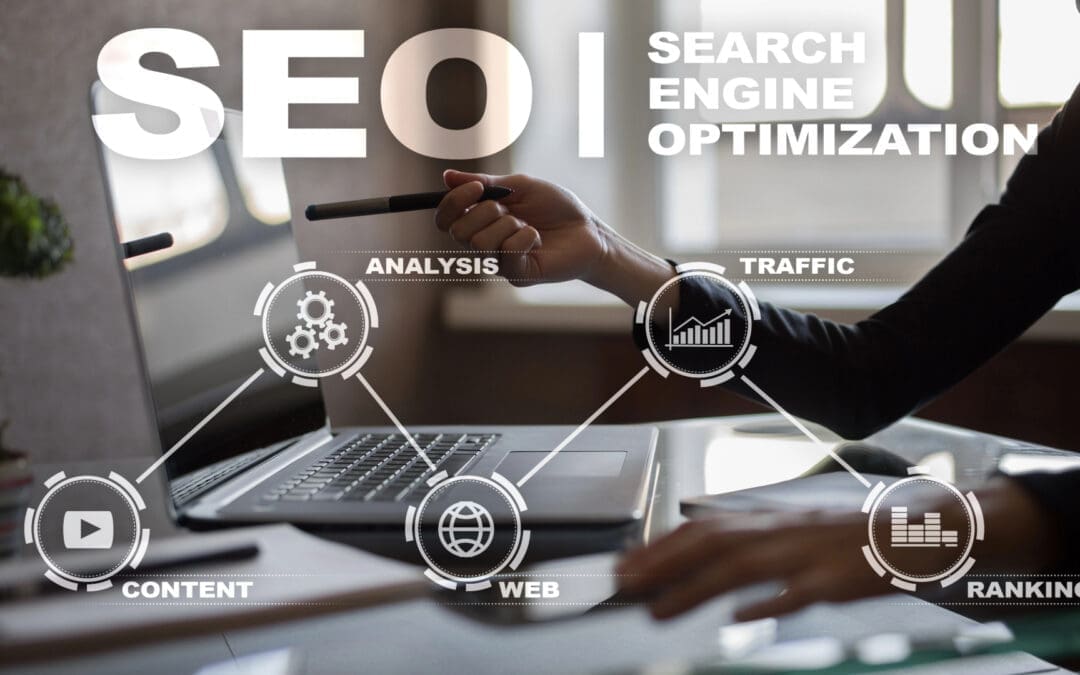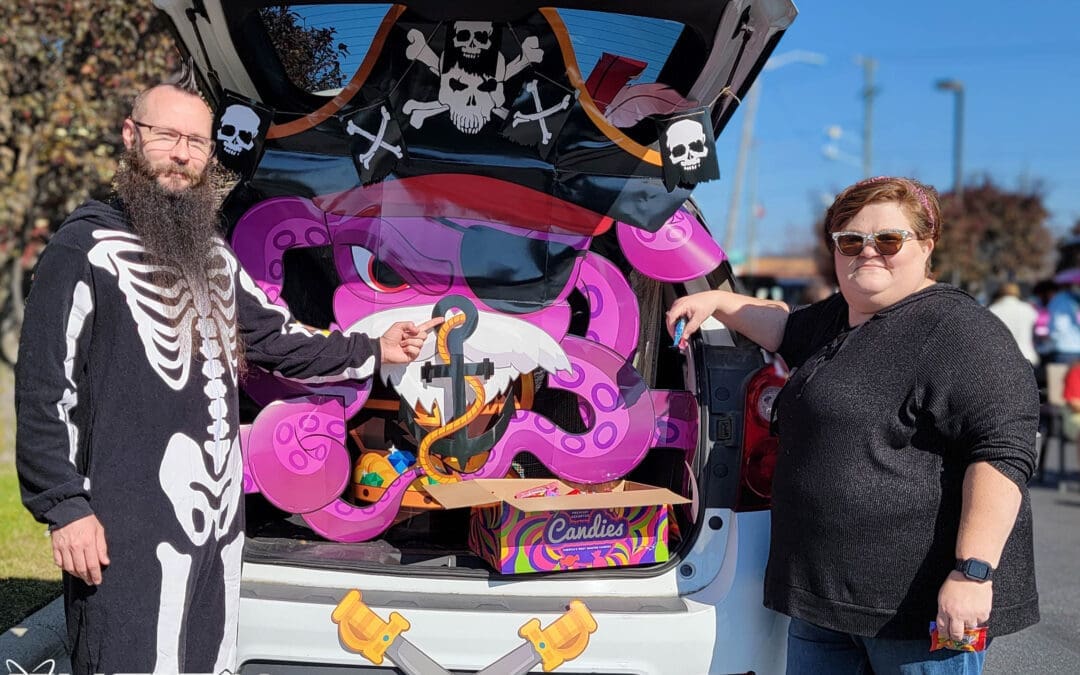When PepsiCo unveiled its first major rebrand in 25 years earlier this year, the design community had mixed reactions. Some called it underwhelming. Others praised its strategic clarity. But John Hofmann, founder of Fusion Marketing, saw something different entirely.
“As soon as I saw their logo, I was immediately attracted to it,” Hofmann says. “It’s fun and playful – absolutely nothing I would have associated PepsiCo with previously. If I didn’t know anything about this company and I saw this logo, I would assume they were into sustainable practices. Maybe agriculture, maybe something like farming. I wouldn’t associate this brand in the same way that I associate Coca-Cola or Pepsi or junk food. I would attribute this to something more healthy. It reminds me of a bowl of salid.”
That disconnect between PepsiCo’s legacy and their new visual identity isn’t an accident. It’s a calculated repositioning that offers valuable lessons for any business watching their industry transform around them.

Image from the PepsiCo website
Understanding PepsiCo’s Visual Rebrand Strategy
The new PepsiCo logo centers around a stylized lowercase “P” encircled by three distinct shapes: an earthy orange symbol representing food and grain, a blue droplet for drinks and water, and a green leaf-like form symbolizing their pep+ sustainability platform. All three sit above a deeper green slash that conveys a smile, tying into their new tagline: “Food. Drinks. Smiles.”
The design represents a dramatic departure from the bold blue-and-red globe that defined PepsiCo’s previous identity. The color palette is softer, more natural, more muted. The typography is entirely lowercase, chosen for approachability and modernity.
Hofmann particularly appreciates the structural changes. “The layout makes more sense from a design perspective. This lockup is more modern – you have the icon with the logotype centered below it. The last iteration had a small icon to the left, slightly raised above the logotype. I never understood what they were going for there.”
But it’s the symbolic shift that carries the most weight. “Think of it like cutting up different vegetables to make a salad,” Hofmann explains. “PepsiCo is a holding company with lots of different sectors they represent and serve. This brings everything together. They’re concentrating on something with more personality instead of hiding behind Pepsi like they did for so many years.”

Image from the PepsiCo website
Why PepsiCo Rebranded: Reading Market Signals and Regulatory Pressure
PepsiCo’s decision to step out from behind their flagship brand makes strategic sense when you understand the market pressures they’re navigating.
First, there’s the visibility problem. Despite having over 500 brands in their portfolio – including Frito-Lay, Gatorade, Quaker, and dozens of others – only 21% of consumers could name a PepsiCo brand besides Pepsi itself. The company was invisible as a parent entity, overshadowed by a single product.
A single product that, notably, has been losing ground. Pepsi has dropped from being the number two soft drink in America to number four, sitting at roughly 8% market share behind Coca-Cola, Diet Coke, and even Mountain Dew.
But the most significant pressure may be regulatory. In April 2025, the FDA announced plans to phase out all petroleum-based synthetic food dyes – including Red 40, Yellow 5, Yellow 6, Blue 1, Blue 2, and Green 3 – from the US food supply by the end of 2026. This followed the January 2025 ban on Red 3, which had been prohibited in cosmetics since 1990 but somehow remained legal in food for over three decades.
The regulatory momentum is accelerating at the state level too. California, West Virginia, Virginia, and Texas have all passed laws banning synthetic dyes from school lunches, with some states prohibiting them from all food sales entirely. More than 15 such bills were adopted across the country in 2025 alone, with nearly 70 introduced.
For a company whose portfolio includes brightly colored snacks and beverages, this represents an industry-wide transformation. Companies aren’t just being asked to reformulate – they’re being legally required to do so.
Proactive vs. Reactive Brand Repositioning: Finding the Balance
So is this a proactive rebrand or a reactive one?
Hofmann is careful not to oversimplify. “I can’t really speculate as to whether this is proactive or reactive because I’m not privy to any insider information. But I can say that if I had five different products and I was known for one of them, and I started to lose market share and was having a really hard time regaining any of that lost visibility, I personally would start to look at my other assets to see if maybe one of those can potentially become my new cash crop.”
The rebrand appears to be both – acknowledging the struggle of their flagship product while leveraging the strength of their diversified portfolio. It’s turning a weakness into strategic opportunity.
“As America continues to crack down on processed food regulations, and I know that a lot of companies are rebranding products right now because they have to remove food dyes from their products, maybe they see the writing on the wall,” Hofmann notes. “They’re posturing themselves for some other segments besides just soft drinks.”
The visual language supports this reading. Those softer colors, the agricultural symbolism, the sustainability messaging – it all positions PepsiCo for a future that looks fundamentally different from their past. They’re not fighting to reclaim Pepsi’s former glory. They’re giving themselves permission to be something else entirely.
Business Adaptation Lessons: When Market Shifts Force Change
Hofmann knows something about recognizing market shifts too late – and just in time.
“I’ve been working for myself since I was 17,” he says. “But my first full-time venture was opening a health food store at 23, back in 2009, right in the middle of the Great Recession. And right as I did that, Amazon was in the process of transitioning from being a bookstore to being whatever Amazon is today.”
The math was brutal. “I had a main street business. I paid a premium for all of my labor. They were able to warehouse supplements, put them on auto-ship, and send them out automatically delivered to people’s doors for 30% below MSRP. They had less overhead, and I realized that I was unable to compete. So I had to exit.”
That experience shaped everything that came after, including how he’s navigating AI’s impact on Fusion Marketing today. “Right now, we’re in the age of AI, and we’ve reached this threshold where pretty much any text prompt can create a pretty picture for you. A lot of people are taking advantage of that by having AI design raster logos or different types of visual assets for social media.”
Rather than ignore the shift, Fusion took a hard look at what makes them irreplaceable. “We are consciously aware that our industry is shifting. We took a real hard look in the mirror to see what makes Fusion special. It’s the relationship that we build with our clients. It’s the fact that we don’t have transactional relationships – we forge long-term partnerships and invest in our communities.”
That self-examination led to the Pairadox Project, launched in 2025 after ten years in business. The initiative pairs every qualifying client project with equivalent free services for a nonprofit, transforming clients from passive roles into active participants in community impact.
“It’s obvious that designing smaller assets like business cards is not going to be sustainable for us as an organization in two to five years,” Hofmann admits. “Sure, we’ll still be printing them, but we’re gonna lose that part of the industry. Visual identity, corporate branding, rebranding, strategy – those are really the things that make us special. And ultimately, we’re betting that the Pairadox Project, as unique as that is, is gonna be one of those unique differentiators that keeps us alive while so many others start to fall off or become productized.”

Image from the PepsiCo website
Recognizing Industry Shifts Before They Become Crises
The pattern Hofmann has observed, both in his own experience and in watching other businesses navigate change, is consistent and uncomfortable.
“I’ve struggled with this with Fusion, and I’ve watched lots of other companies do it as well. I think that when your market is shifting and you see the writing on the wall, the first thing that you want to do is ignore it. Just avoid having those hard conversations or those hard thoughts with yourself, because what you’ve been doing has been working.”
The examples are everywhere. Toys R Us. Blockbuster. Sears. Kmart. Companies that had decades of success and couldn’t imagine a future where their model didn’t work.
“Nobody likes to admit that maybe what you did got you to where you are, but it’s not gonna get you to the next phase,” Hofmann says. “That’s hard. It’s absolutely hard. But I think a lot of people want to ignore things because it’s uncomfortable.”
The discomfort is particularly acute because the stakes are so high. “Imagine Pepsi and the way that they feel,” Hofmann suggests. “They’ve been doing everything, and it’s working for however long it’s been working. And here they are – they’re gonna completely reinvent themselves with their visual identity and, assumably, their core values and the way that they’re showing up in the market. If they do that wrong, the entire house of cards can come tumbling down. If they do it right, they can save the day and stick around for another decade or five.”
Strategic Repositioning for Small Businesses: Applying PepsiCo’s Lessons
For local businesses and established companies alike, the lesson isn’t about copying PepsiCo’s specific strategy. It’s about developing the capacity to recognize when your industry is fundamentally shifting – and having the courage to act before you’re forced to.
“A lot of times, businesses know deep down in their gut they need to do something,” Hofmann observes. “But they’re not sure what or how, because it’s scary.”
The key is looking honestly at your actual assets versus your historical identity. What are you known for? What are you actually good at? Where is your industry heading? And critically – are those three things aligned?
For PepsiCo, this meant acknowledging that Pepsi the drink was struggling, but Frito-Lay, Gatorade, Quaker, and their other brands might represent stronger foundations for growth. It meant reading regulatory signals about synthetic dyes and health-conscious consumers, and positioning themselves visually for that future rather than their past.
For a local business, it might mean recognizing that the service you built your reputation on is being commoditized, but you’ve developed expertise in consulting or strategy that clients increasingly value. Or realizing that your core customer demographic is aging out, and you need to evolve your offering to serve the next generation without abandoning your existing relationships.
“Who’s gonna call a painter to ask them to do contracting?” Hofmann asks. “You need to reimagine yourself. That applies to any local business or skilled trade.”
The Future of Brand Repositioning in Changing Markets
PepsiCo is making a significant bet with this rebrand. They’re wagering that their future looks more like a health-conscious, sustainable food and beverage company than a soda giant. They’re betting that consumers will accept and eventually embrace this new identity. They’re betting they can reformulate their products to meet new regulations while maintaining the qualities that made them successful.
Whether they’re right won’t be clear for years. Brand transformations of this scale take time to prove themselves. The market will ultimately decide if PepsiCo’s repositioning resonates or falls flat.
But the alternative wasn’t really an option. Clinging to a declining flagship product while the industry transforms around them, while regulatory pressure mounts, while consumer preferences shift toward healthier options – that path leads nowhere good.
The broader lesson applies far beyond food and beverage companies. Every industry is experiencing some form of transformation right now. AI is reshaping creative services. E-commerce continues to pressure retail. Automation is changing manufacturing. Remote work has redefined countless service industries.
The businesses that will thrive aren’t necessarily the ones that were strongest yesterday. They’re the ones that can read the signals, acknowledge uncomfortable truths, leverage their actual strengths, and reposition themselves for tomorrow – ideally before they’re forced to.
“Think about the shifts in your industry – the ones that keep you up at night as a business owner,” Hofmann says. “We need to keep those top of mind because they’re ultimately what’s going to help us stick around for the next decade.”
“The question for every business is: What are the signals you’re seeing but not acknowledging?”
For PepsiCo, the answer to that question led to a logo that looks nothing like their past and everything like their bet on the future. Time will tell if they read the signals correctly. But at least they’re reading them.








